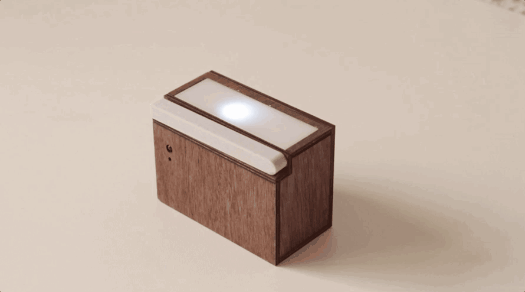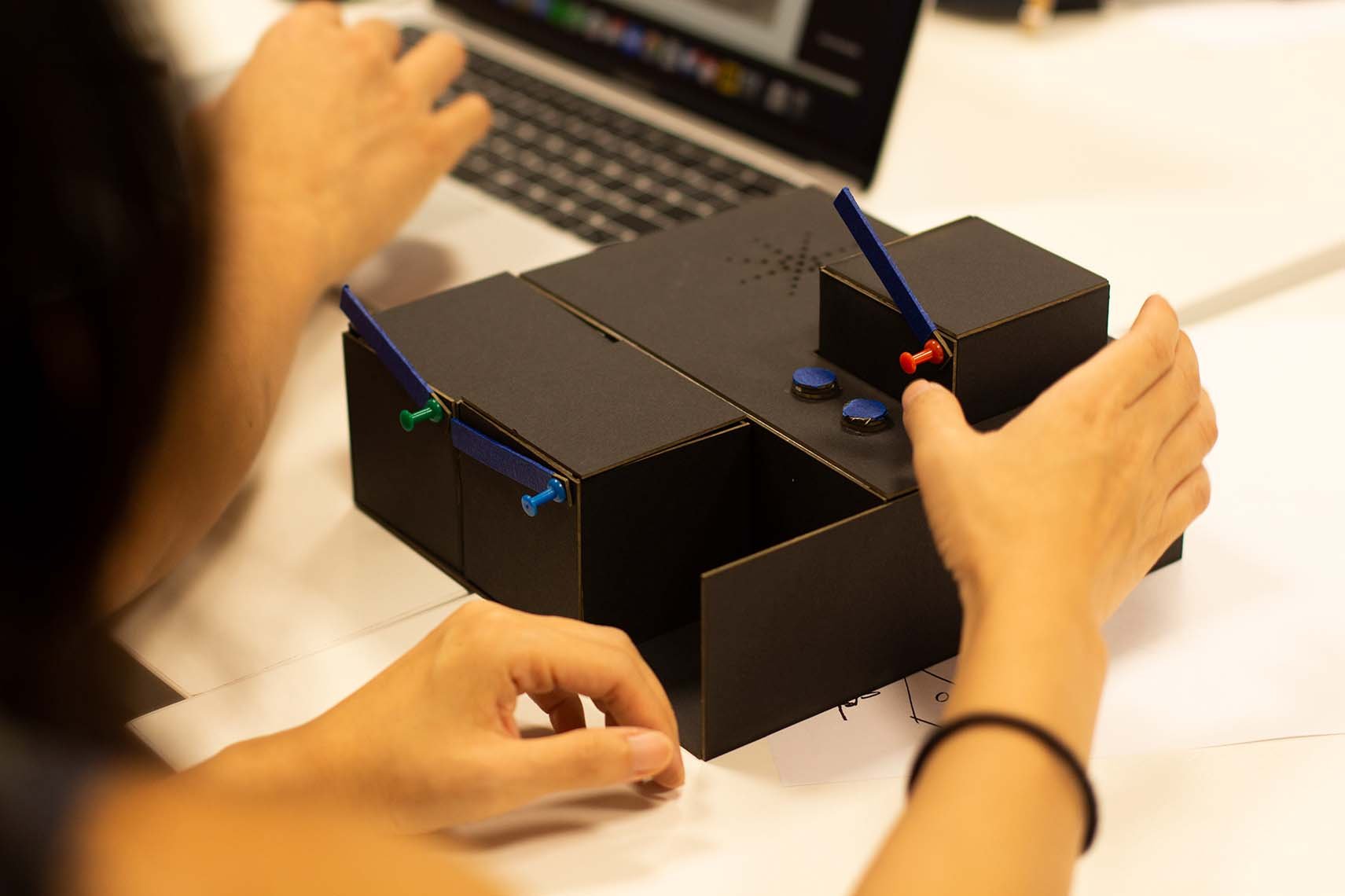
LIMITED MEMORY
What if you only have 9MB to archive your life?
Physical Computing
May 2020 | 6 days | Copenhagen Institute of Interaction Design
Brief: ‘Reinvent an ordinary object by reimagining its existing interactivity that considers a beyond-the-user scale’
‘Limited Memory’ is a ‘provokotype’ that questions the impermanence nature of memory in the age of seemingly unlimited digital storage. It consists of an audio recording device where its contents degrade overtime and people could choose to sustain or let go of the recorded memories. This thought experiment was designed to explore the nature of memory degradation and question our reliance on digital storage.
This project was developed over six days during the physical computing course at CIID.
TEAM
Aakash Dewan (India)
Norris Hung (US)
Julian Jimsa (Costa Rica)
MY ROLE
Prototyping
Concept
Coding
TOOLS
Arduino Uno
Arduino Nano 33 BLE
p5.js

CHALLENGE
Reinvent an ordinary object by reimagining its existing interactivity that considers a beyond-the-user scale
Inspiration
Memory degradation is part of human nature. Every time when we share a story, we are merely recalling the last version of the story rather than the true representation of the event.
With growing reliance on digital devices as the guardian of our memories, what if these recordings of our memories also degrade over time?
Design Concept
The recording device consists of a base station and three wireless recording boxes that can be carried to capture different moments in life. Audio recordings up to three minutes can be stored in each recording box. The contents stored degrade over time with increased reverberation. Owners of this device could either refresh the memories by playing the contents or letting go by replacing it with a new recording. With just 9MB of storage available, it challenges people to be more intentional about the memories they choose to keep and let go of.
Interactions
CAPTURE
Record moments by raising the lever. Once the lever is lowered, the box lights up to show that a memory has been stored.
DEGRADATION
The light inside dims over time, indicating the degradation of the recordings.
SUSTAIN
Play to restore degraded recordings. The light returns to the full brightness after the recording is played.
LET GO
Erase existing recordings to make space for new memories by pressing the ‘let go’ button. A reset button on the side can be used to purge all the memories at once.
How did we get there?
When thinking about the physicality of the concept, we were inspired by old-time radio and cassette tapes with all its limitations and imperfections. By reimagining the functions of these machines, we wanted to explore the hidden ramifications of the user-product relationship. Through ‘reversing’ the deterioration process in cassette tapes, where the quality deteriorates unless the user plays it, we wanted to challenge users to reflect on their intention to capture and revisit their memories.
Memory degradation was represented through reverberation on p5.js mapped to a specific time period. The longer the memory is left unplayed, the more muffled the recording becomes. LEDs were used to represent core interactions inside the recording boxes which were connected to the base station via bluetooth.











